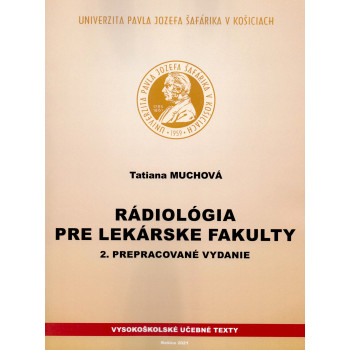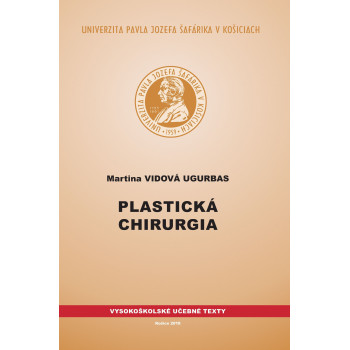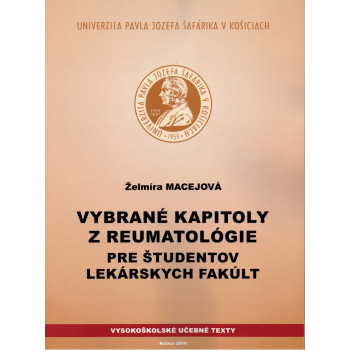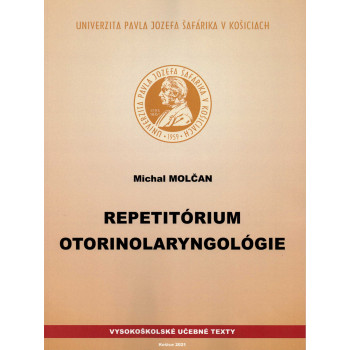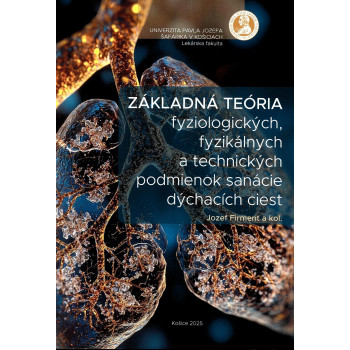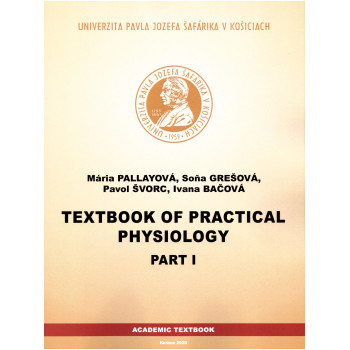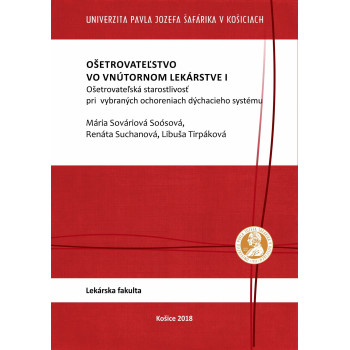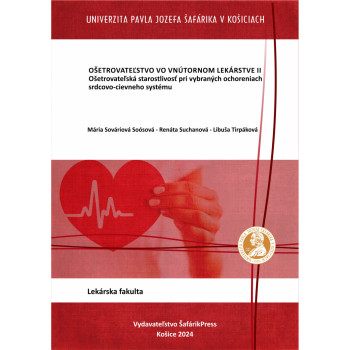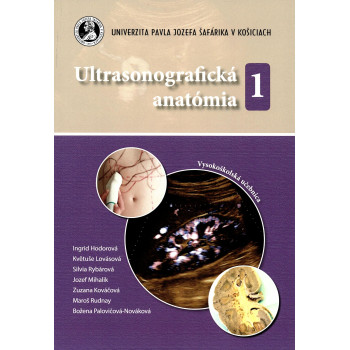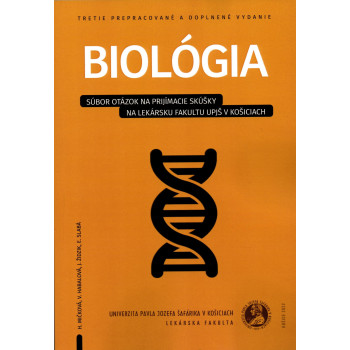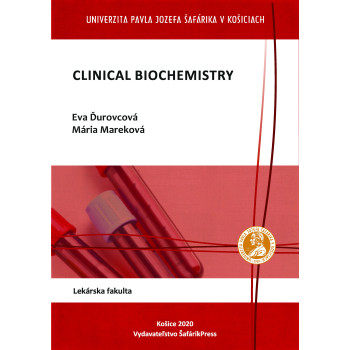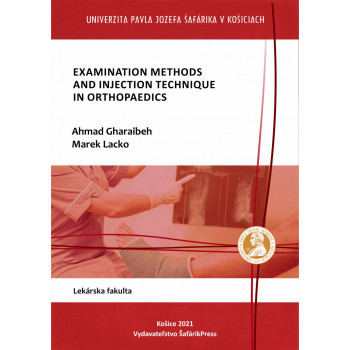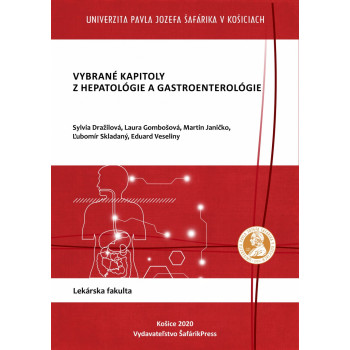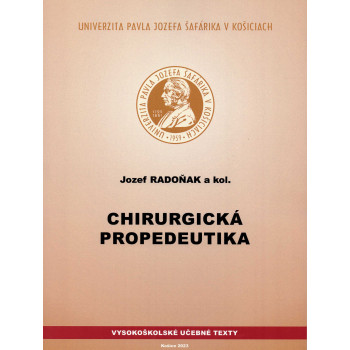
Rádiológia pre lekárske fakulty
Medicína stále napreduje, je stále vo vývoji. Rádiologické zobrazovacie metódy prežívajú stále výrazný rozvoj vďaka prístrojovej technike, ktorá umožňuje zavádzať nové diagnostické metódy, ako sú USG vyšetrenia s kontrastnou látkou, špeciálne CT vyšetrenia, ku ktorým je potrebný viacradový CT prístroj – CT angiografia, CT enteroklýza, CT irigografia, CT virtuálna kolonoskopia. Magnetická rezonancia už v dnešnej dobe nie je nedostupné vyšetrenie, predstavuje výrazný pokrok v diagnostike.
Vďaka moderným prístrojom môžeme vykonávať rôzne intervenčné diagnostické aj terapeutické výkony, ako sú biopsie, drenáže...
Tieto učebné texty sú určené študentom lekárskych fakúlt, obsahuje základné poznatky z rádiológie.
Publikácia je rozdelená na všeobecnú a špeciálnu časť s následným delením podľa jednotlivých modalít a vyšetrovaných orgánov.
Rádiológia predstavuje prácu s obrazovou dokumentáciou, preto aj táto publikácia je obohatená veľkým počtom obrázkov z jednotlivých rádiologických vyšetrovacích modalít.



